Volcanoes are among the most fascinating and powerful forces of nature. Towering high above landscapes, these natural giants have shaped the world’s geography for millions of years. Some remain active, while others are dormant, but their immense size and explosive potential never fail to amaze. Let’s explore some of the largest volcanoes in the world and learn what makes them stand out.
Mauna Loa, Hawaii, USA
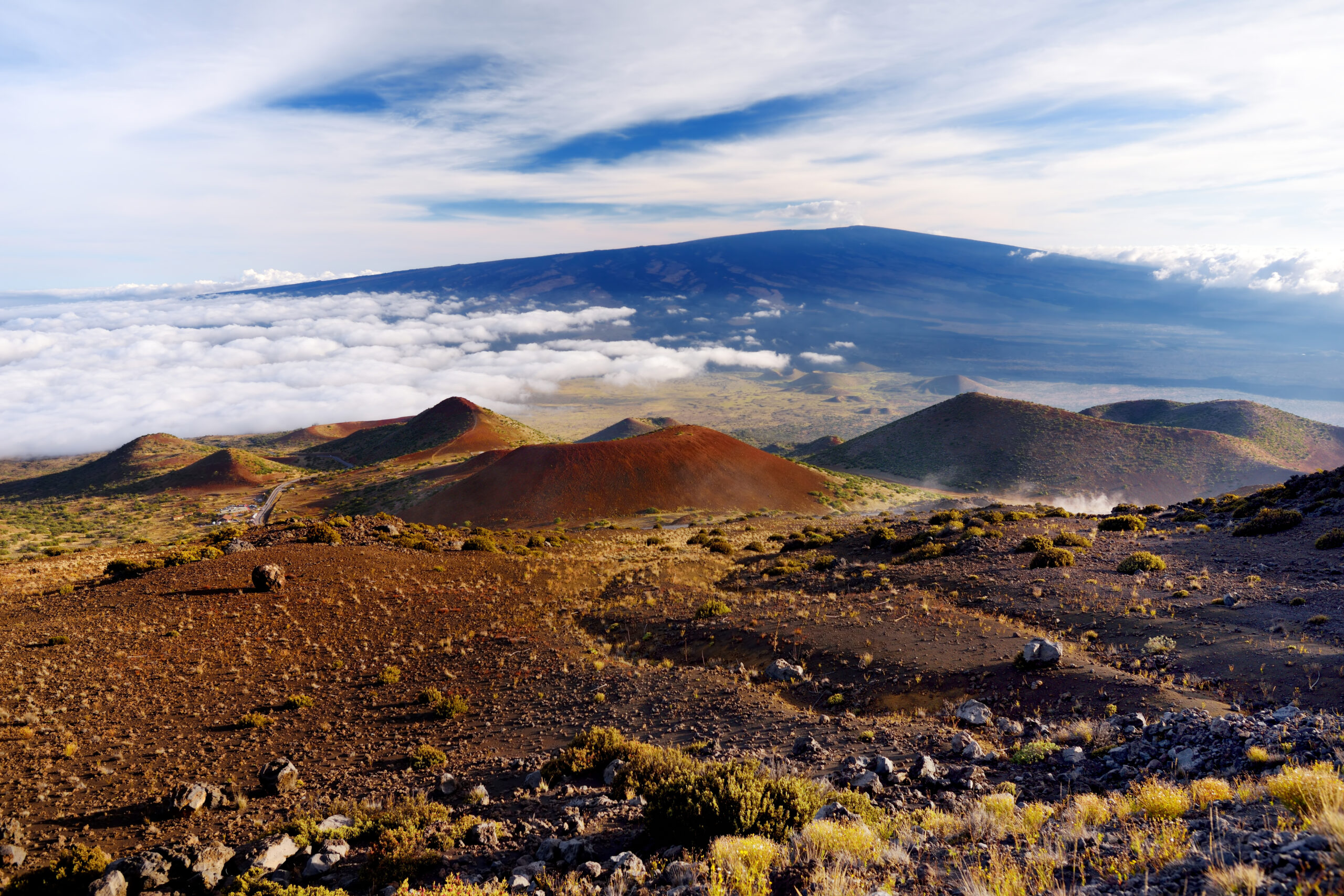
Mauna Loa is the world’s largest active volcano. It reaches an elevation of 13,681 feet above sea level. Located on the Big Island of Hawaii, this massive shield volcano dominates the landscape. Its last eruption occurred in 2022, sending lava flows across the island. Mauna Loa is still considered active and poses a risk to nearby communities. Its eruptions are frequent but usually non-explosive, producing large volumes of lava.
Tamu Massif, Pacific Ocean
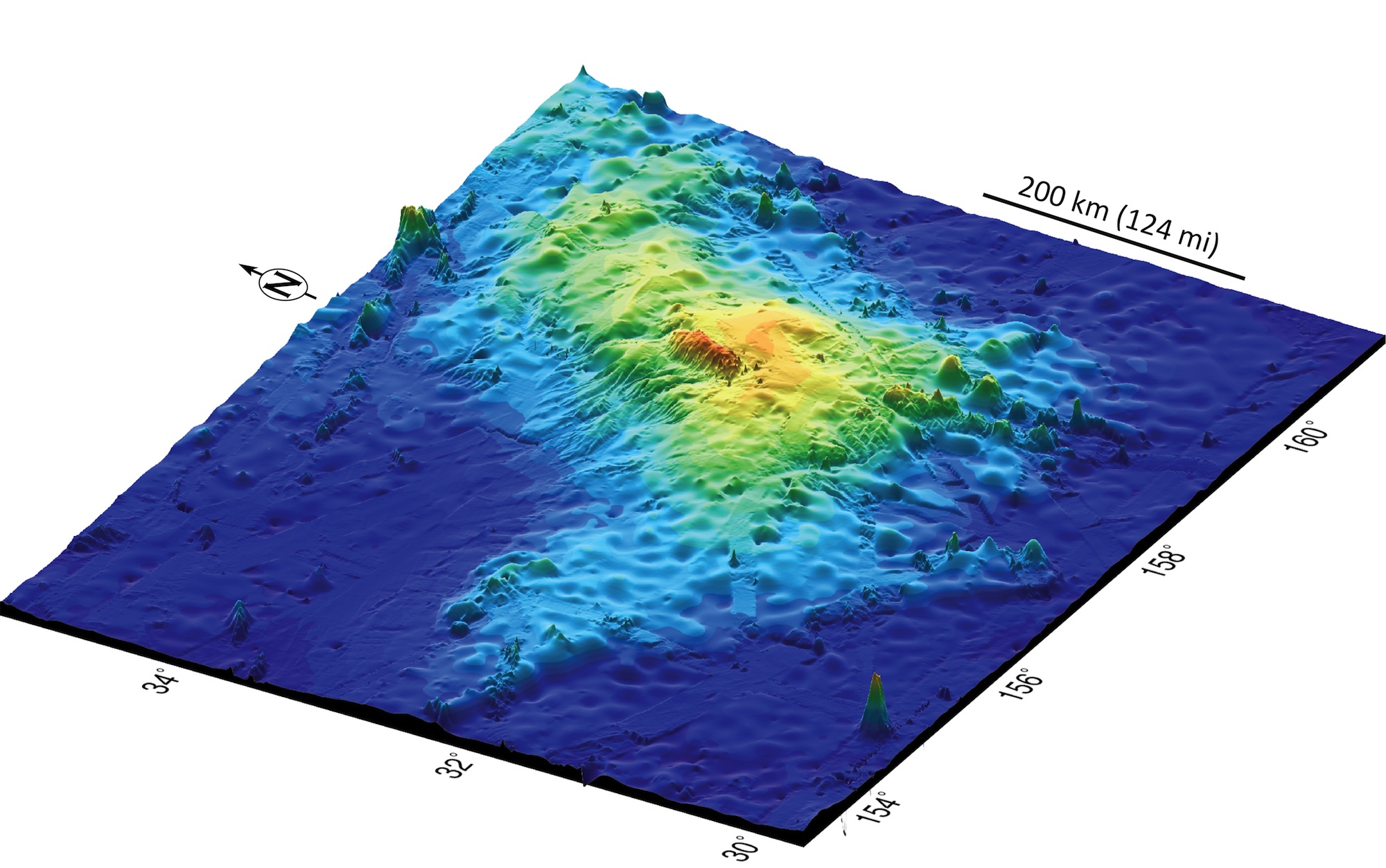
Tamu Massif is the largest shield volcano on Earth by volume. It lies beneath the Pacific Ocean, covering an area of 120,000 square miles. Its peak rises about 14,560 feet from the ocean floor, although it is underwater. The volcano’s last eruption occurred around 144 million years ago, making it extinct today. Scientists discovered it in the early 2000s, and its immense size shocked researchers.
Mount Kilimanjaro, Tanzania

Mount Kilimanjaro is the highest volcano in Africa. It stands at an impressive 19,341 feet and features three volcanic cones. It is located in northeastern Tanzania, near the Kenyan border. The last significant eruption happened over 360,000 years ago, and the volcano is currently dormant. Kilimanjaro is a popular destination for hikers and climbers, with its snow-capped peak and stunning views.
Mount Etna, Italy
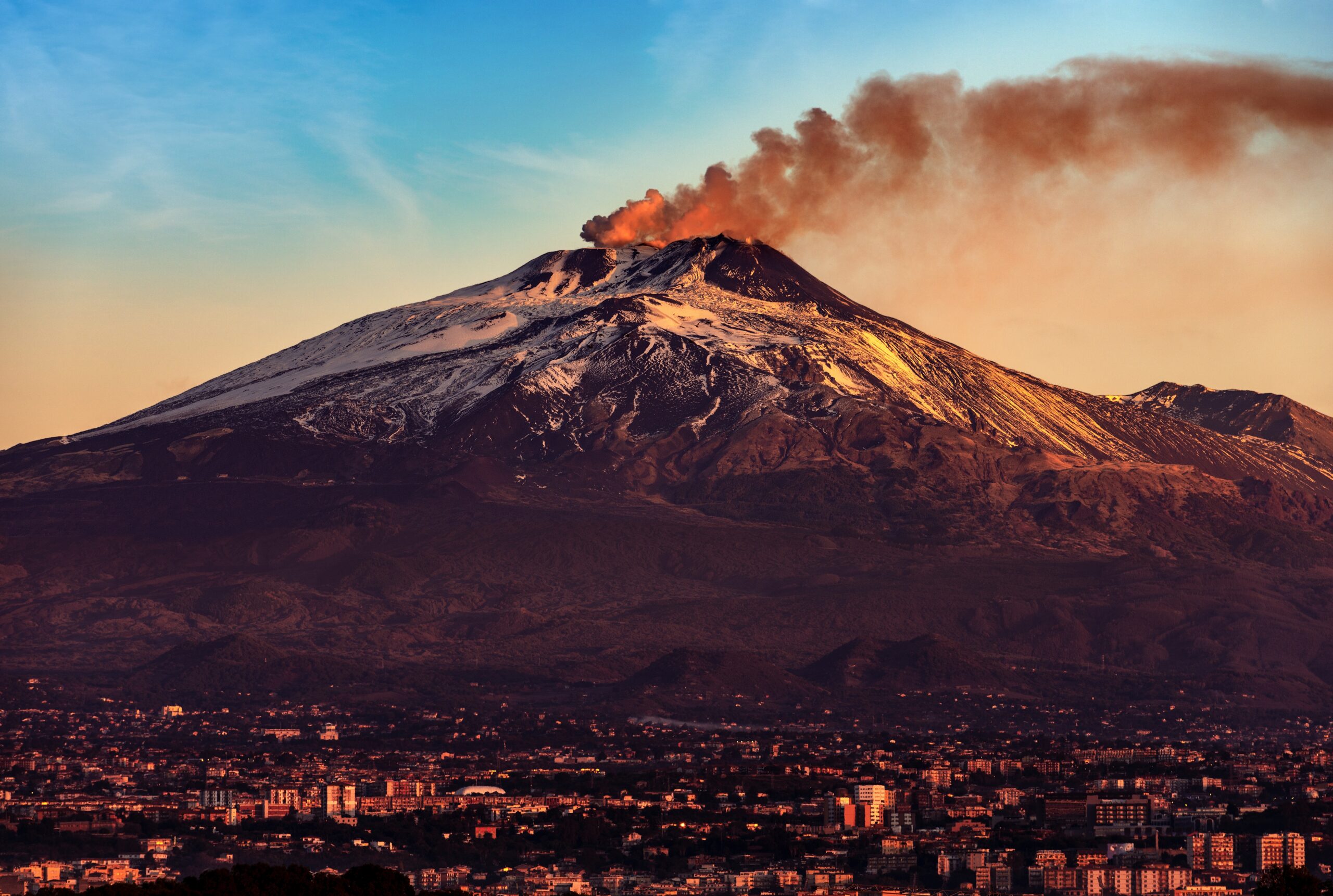
Mount Etna is one of Europe’s most active volcanoes. It towers at 10,991 feet above the island of Sicily. The volcano is in a constant state of activity, with its last eruption occurring in 2022. It is the tallest and largest volcano in Italy, with a wide range of eruptions, including explosive ones. Etna’s lava flows have shaped the landscape around Sicily for centuries.
Mount Fuji, Japan
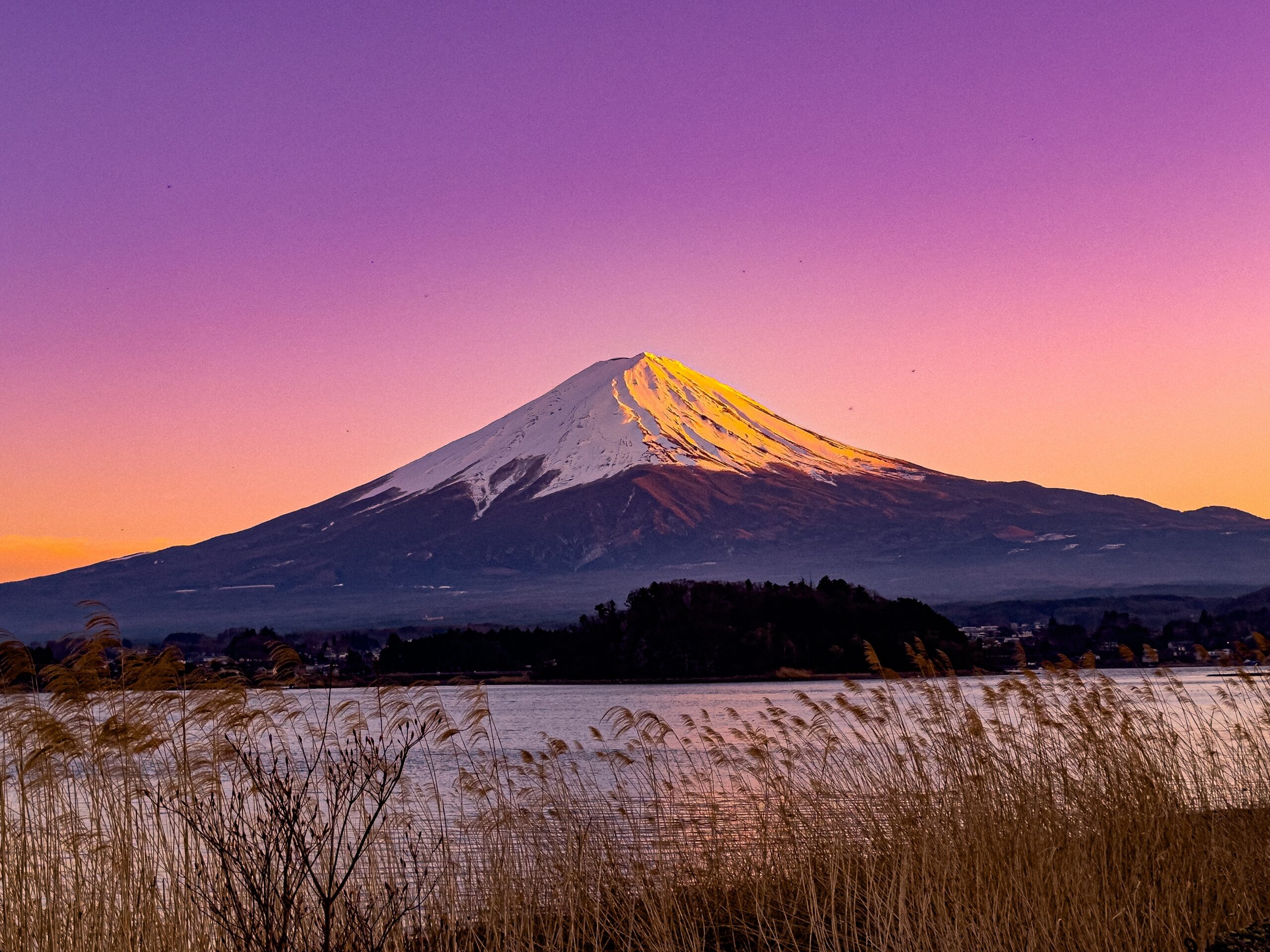
Mount Fuji is Japan’s highest and most iconic volcano. Its symmetrical peak rises 12,389 feet above sea level. The volcano is located on Honshu Island, about 60 miles from Tokyo. Its last recorded eruption was in 1707, and it is currently classified as active, though with low risk. Mount Fuji’s beauty attracts millions of visitors, and it is deeply ingrained in Japanese culture.
Mount Erebus, Antarctica
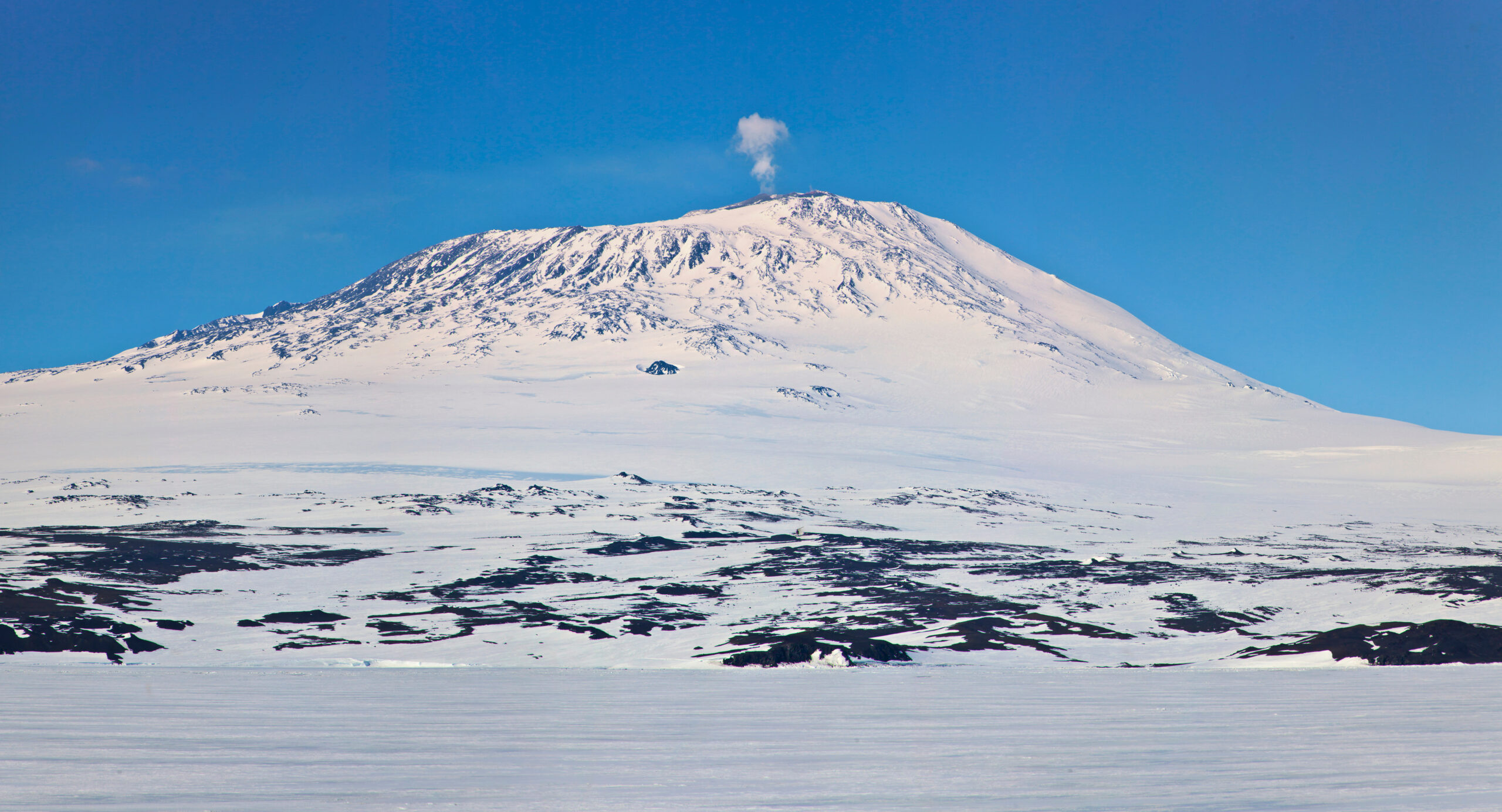
Mount Erebus is the southernmost active volcano on Earth. It rises 12,448 feet on Ross Island in Antarctica. The volcano’s last major eruption occurred in 2021, and it remains active with a persistent lava lake in its crater. Despite its remote location, Mount Erebus is closely monitored due to its frequent activity. Its icy slopes contrast with the fiery lava within.
Mount St. Helens, USA
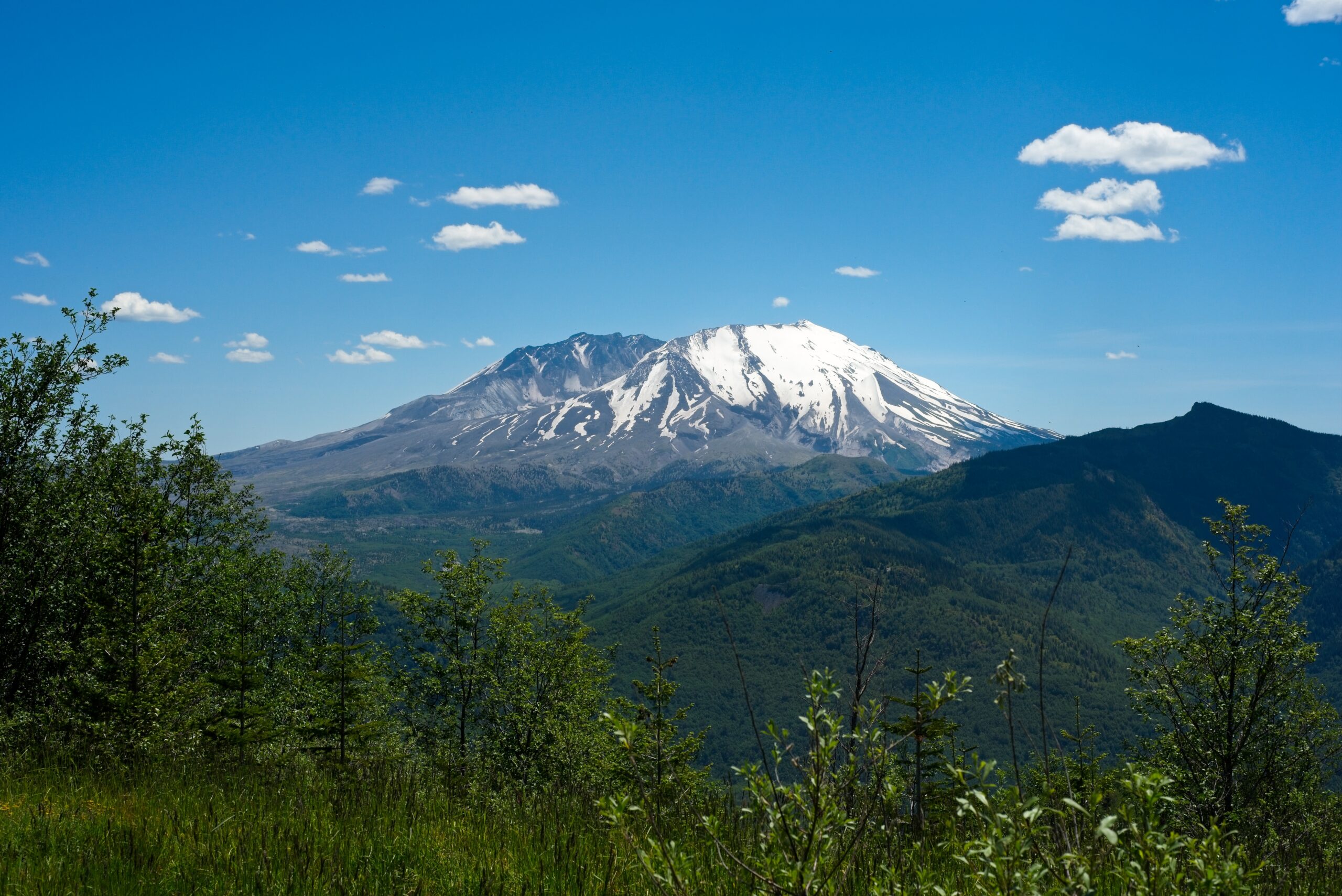
Mount St. Helens is one of the most famous volcanoes in the United States. It is located in Washington state and reaches an elevation of 8,363 feet. Its most catastrophic eruption occurred in 1980, drastically changing its landscape and reducing its height. The volcano is still considered active, with its last minor eruption in 2008. Its eruptions are often explosive and dangerous.
Mount Vesuvius, Italy
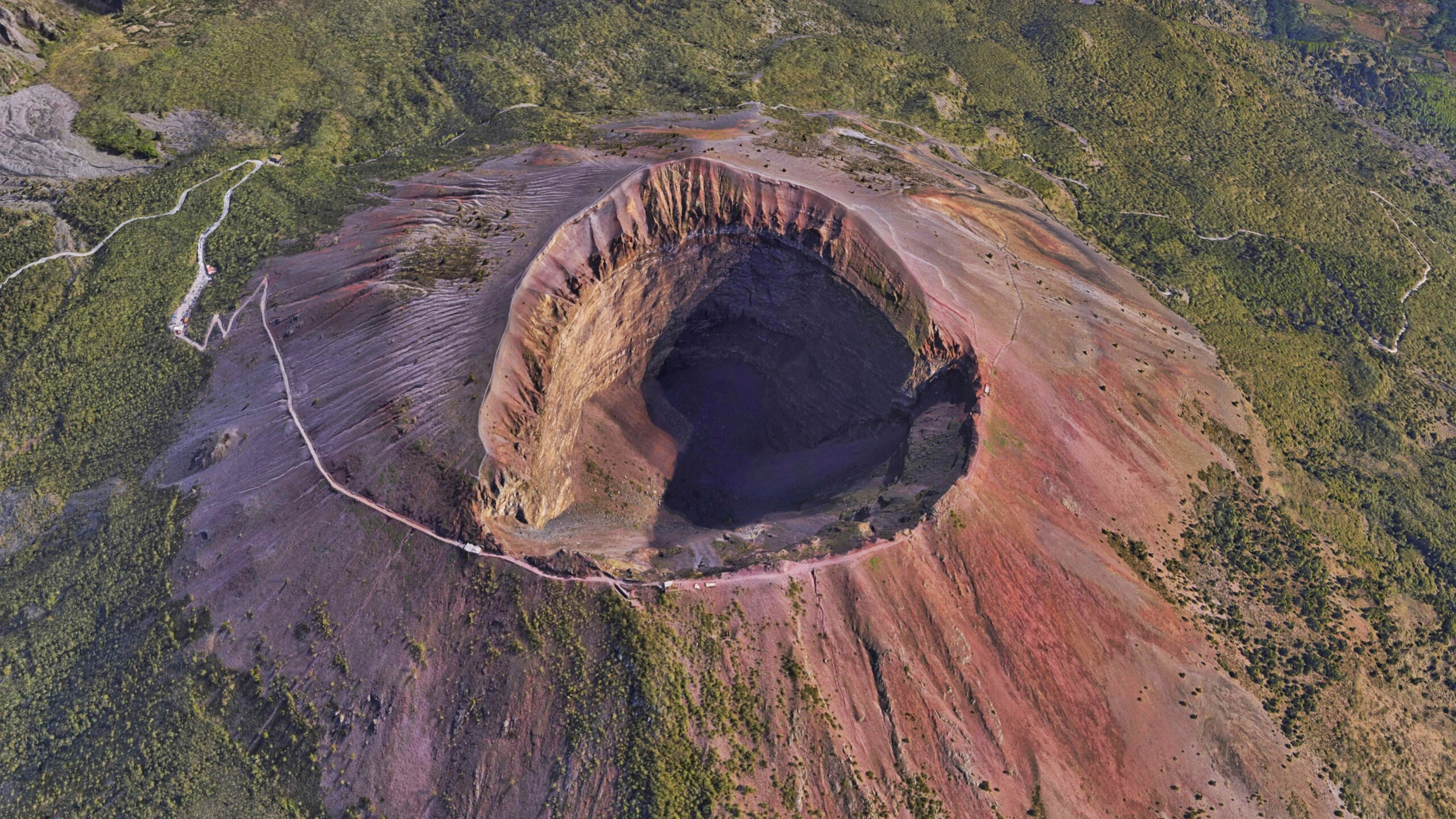
Mount Vesuvius is infamous for its devastating eruption in AD 79. It stands 4,203 feet above the Bay of Naples in Italy. Vesuvius’s last eruption was in 1944, and it is still classified as active, with the potential for future eruptions. The volcano is closely watched due to its proximity to densely populated areas. Its violent history makes it one of the most studied volcanoes in the world.
Mount Elbrus, Russia
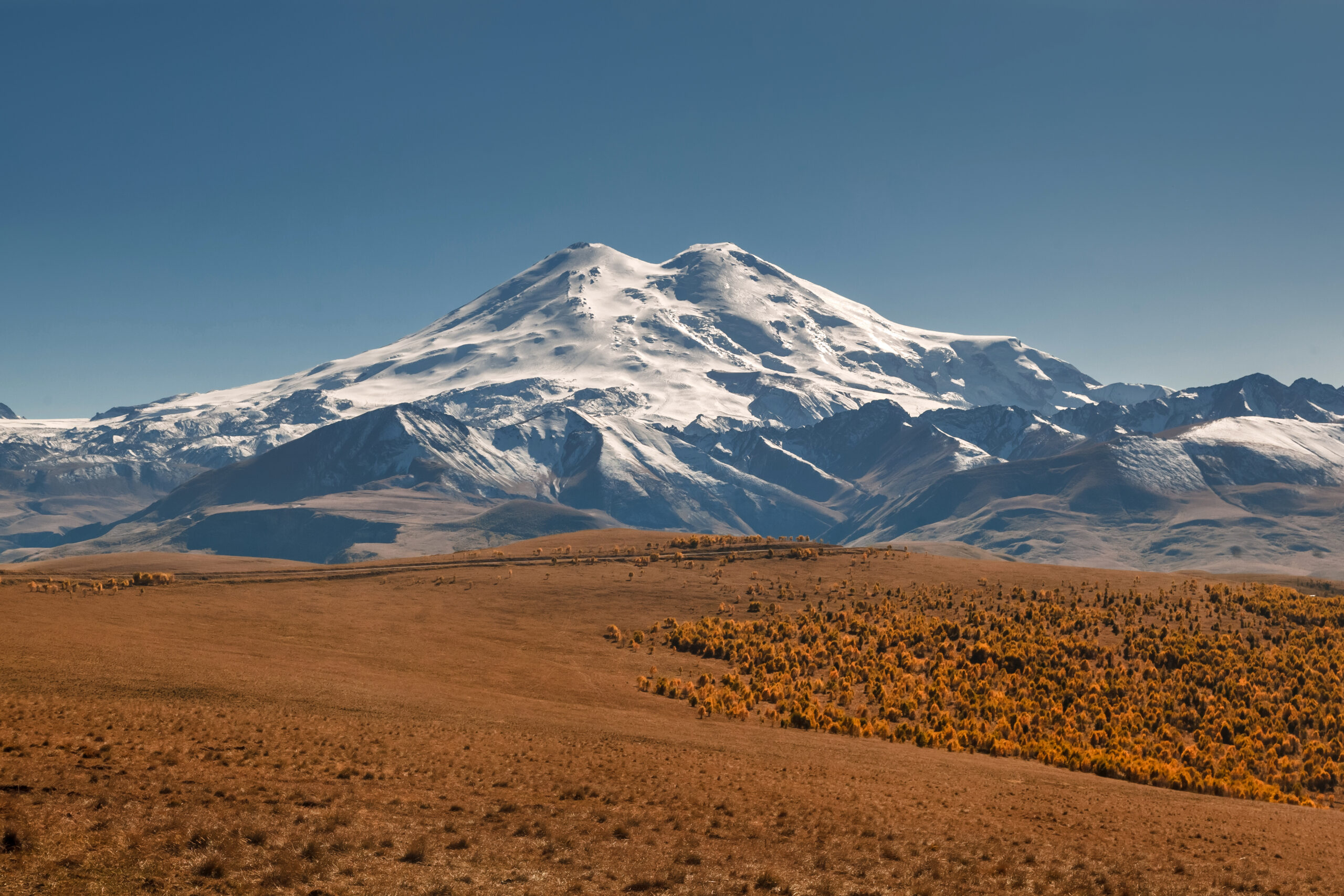
Mount Elbrus is the highest volcano in Europe. It reaches an elevation of 18,510 feet and is located in the western Caucasus mountain range. The volcano is dormant, with its last eruption occurring over 2,000 years ago. Its snow-covered twin peaks make it a popular destination for climbers. Although inactive, Elbrus is still considered a potentially active volcano by experts due to its long geological history.
Mount Shasta, USA
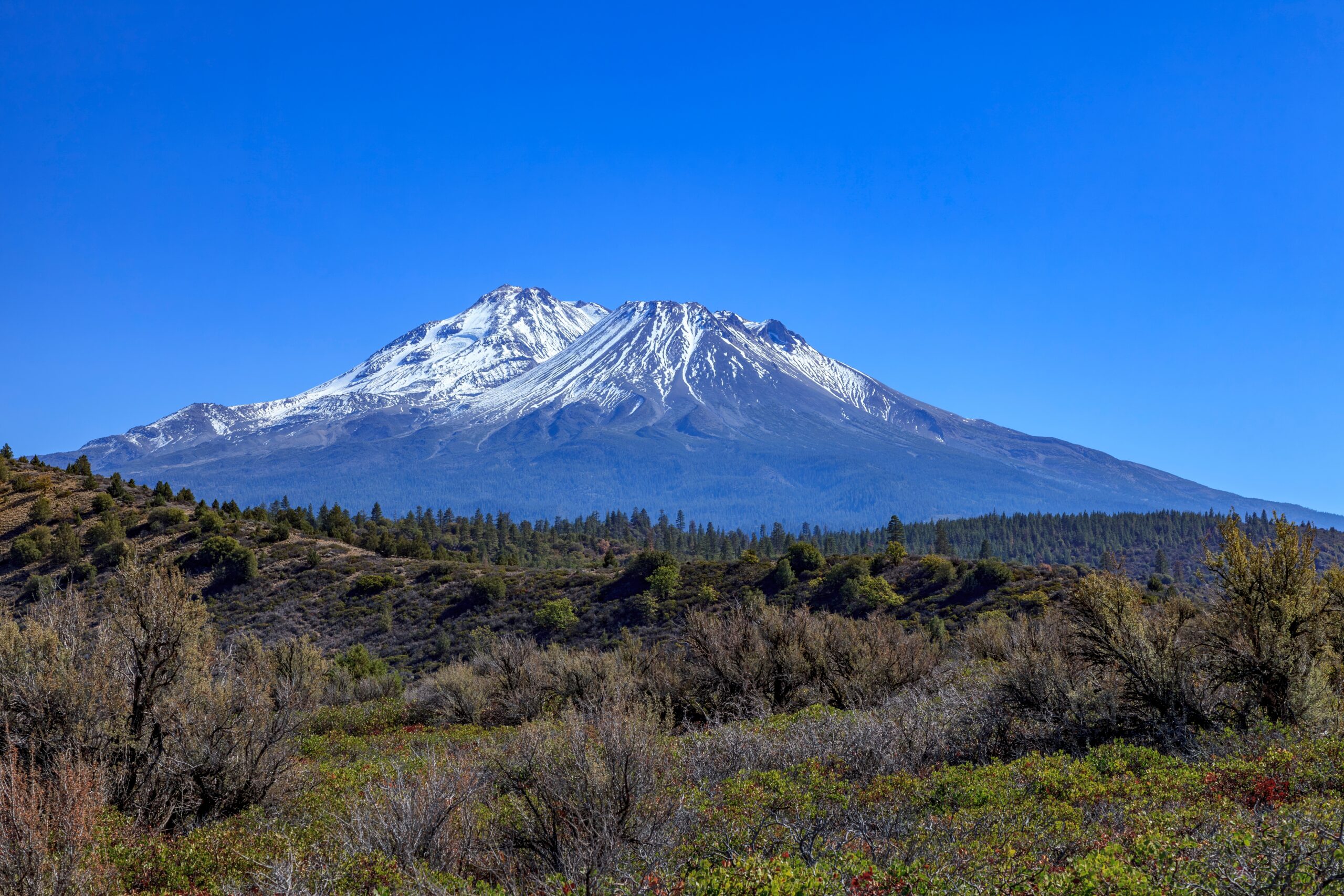
Mount Shasta is a majestic stratovolcano in Northern California. It rises to 14,179 feet and is one of the tallest peaks in the Cascade Range. The last known eruption occurred in 1786, and the volcano is currently dormant but considered active. Its prominent presence and large lava domes attract climbers and outdoor enthusiasts. Scientists continue to monitor it closely for any signs of future activity.
Mount Nyiragongo, Democratic Republic of Congo
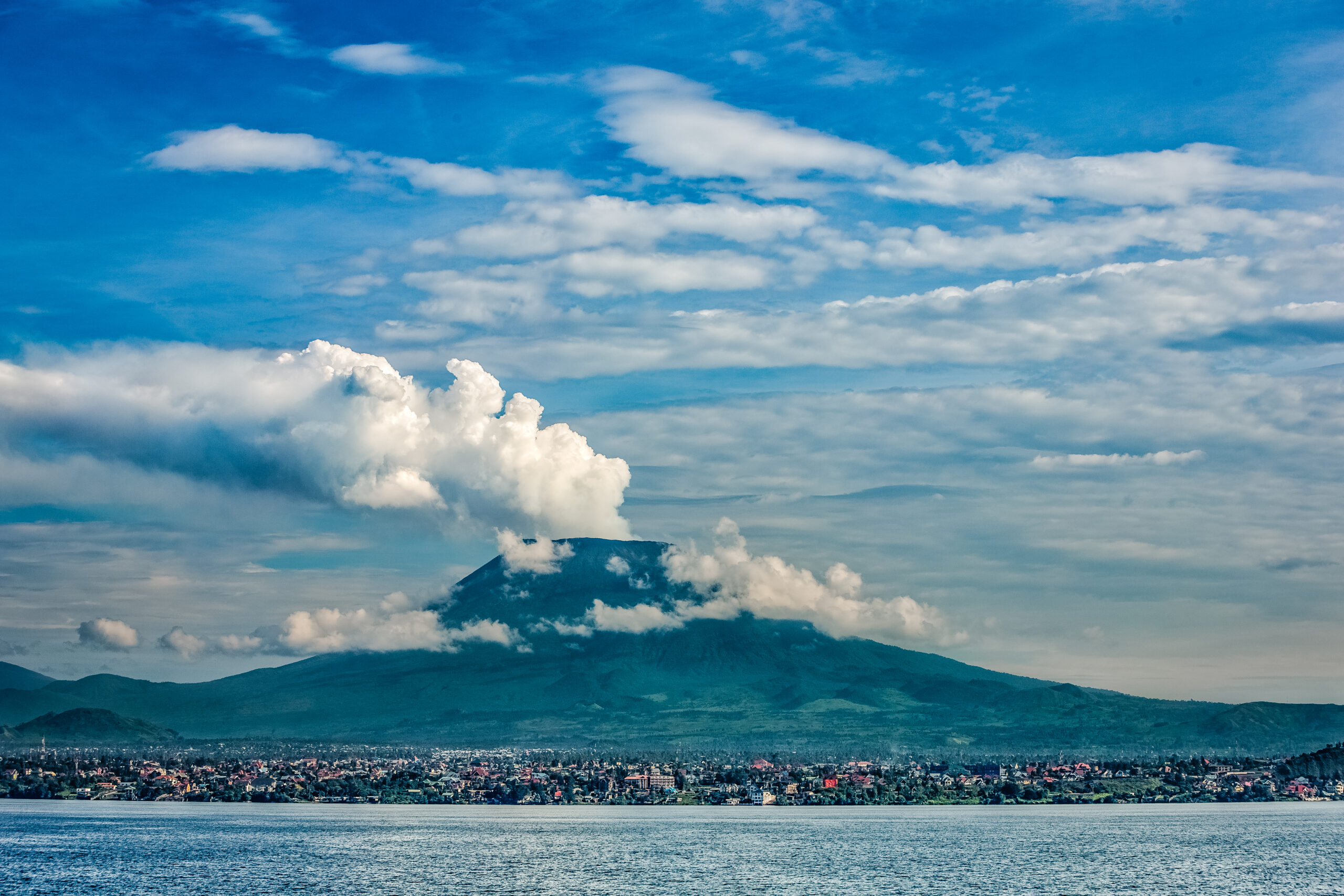
Mount Nyiragongo is one of Africa’s most dangerous volcanoes. It stands at an elevation of 11,385 feet and is located near the city of Goma. The volcano’s last major eruption occurred in 2021, causing widespread devastation. Nyiragongo is highly active and is known for its fast-moving lava flows. Its lava lake is a constant feature, making it a unique and closely studied volcano.
Klyuchevskaya Sopka, Russia
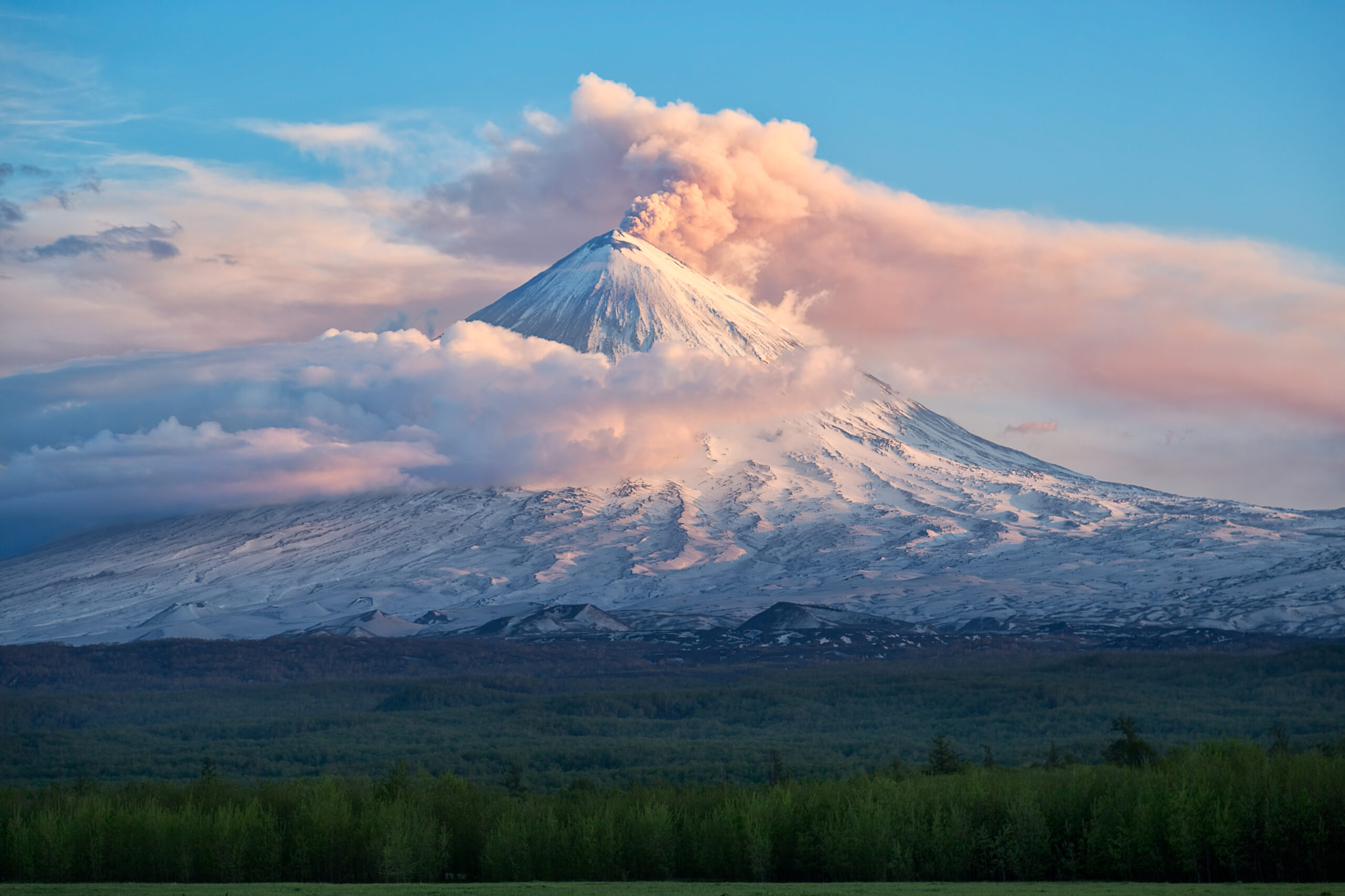
Klyuchevskaya Sopka is the highest active volcano in Eurasia. It towers at 15,584 feet on the Kamchatka Peninsula. The volcano is continuously active, with its most recent eruption in 2023. It frequently sends ash plumes and lava flows down its slopes, making it one of the most dynamic volcanoes in the world. Klyuchevskaya Sopka’s towering presence dominates the region and remains a powerful natural force.
This article originally appeared on Rarest.org.
More from Rarest.org
14 Ancient Plant Species That Are on the Verge of Extinction
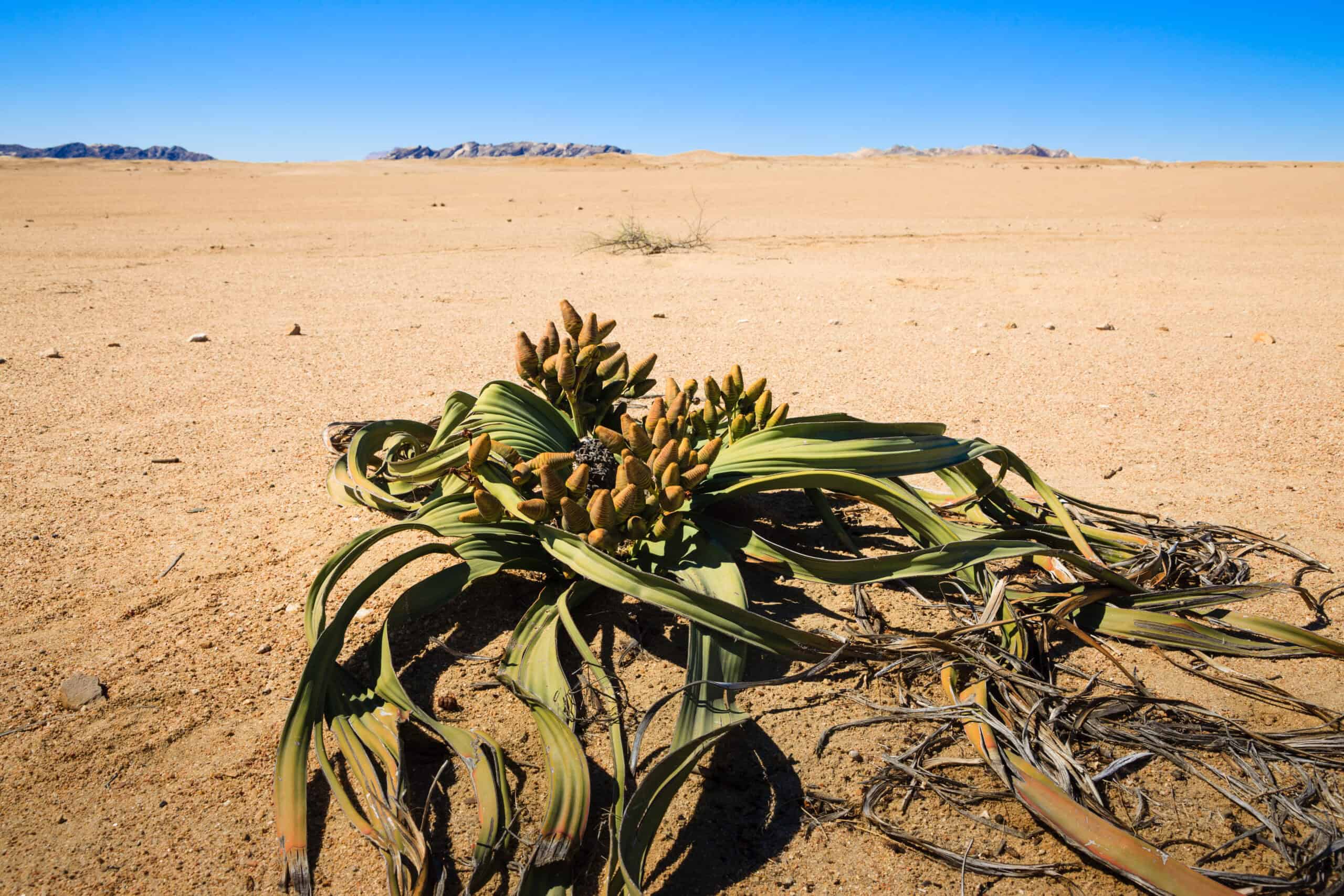
The Earth is home to a wide variety of plant species, some of which have thrived for millions of years. Read More.
10 Old Travel Souvenirs That Have Skyrocketed in Value

Travel souvenirs are more than just mementos; they often carry sentimental value. But some of these nostalgic items have gained financial worth over time. Read More.
9 Retro Advertising Memorabilia That’s Now Worth a Small Fortune

Retro advertising memorabilia is not only a window into the past but also a treasure trove for collectors. Read More.
